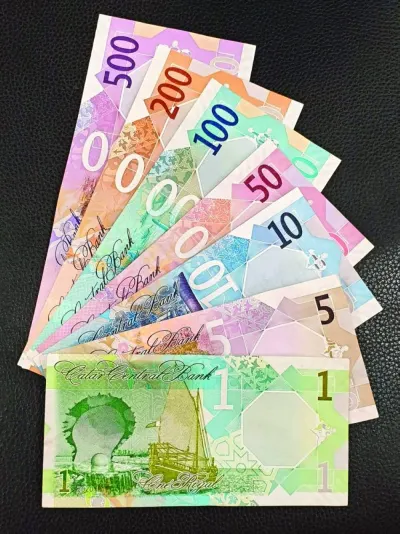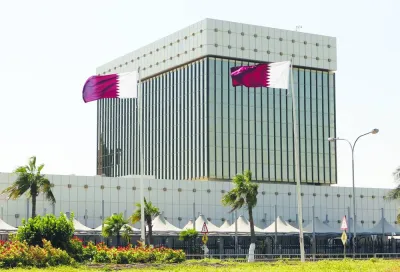The Qatar Stock Exchange on Monday gained 19 points on the back of buying interests, especially at the insurance, transport and industrials sectors.The foreign institutions were seen net buyers as the 20-stock Qatar Index rose 0.18% to 10,272 points.The Gulf retail investors were also seen net buyers in the main market, whose year-to-date losses narrowed to 3.83%.As much as 50% of the traded constituents extended gains to investors in the main bourse, whose capitalisation nevertheless lost QR0.77bn or 0.13% to QR601.54bn with microcap segments losing the most.The Gulf institutions continued to be net buyers but with lesser intensity in the main market, which touched an intraday high of 10,307 points.Similarly, the local retail investors were also net buyers but with lesser vigour in the main bourse, which saw a total of 0.01mn exchange traded funds (sponsored by Masraf Al Rayan and Doha Bank) valued at QR0.11mn changed hands across eight deals.The domestic institutions were increasingly net profit takers in the main market, which saw no trading of sovereign bonds.The Islamic index was seen gaining faster than the other indices in the main market, which saw no trading of treasury bills.The Total Return Index rose 0.18%, the All Share Index by 0.18% and the Al Rayan Islamic Index (Price) by 0.37% in the main bourse, whose trade turnover and volumes were on the decline.The insurance sector index shot up 2.45%, transport (0.85%), industrials (0.65%), telecom (0.41%) and real estate (0.13%); whereas consumer goods and services shrank 0.86% and banks and financial services (0.18%).Major gainers in the main market included Mesaieed Petrochemical Holding, Qatar Insurance, Milaha, Inma Holding, Qatar Industrial Manufacturing and Lesha Bank.Nevertheless, Dukhan Bank, Dlala, Meeza, Qatari German Medical Devices, Aamal Company, Gulf Warehousing and Nakilat were among the losers in the main bourse. In the venture market, both Al Faleh Educational Holding and Mahhar Holding saw their shares depreciate in value.The foreign institutions turned net buyers to the tune of QR19.26mn compared with net sellers of QR29.11mn on September 17.The Gulf individual investors were net buyers to the extent of QR0.52mn against net sellers of QR0.7mn the previous day.However, the domestic institutions’ net selling increased considerably to QR21.56mn compared to QR10.6mn on Sunday.The Arab retail investors turned net sellers to the tune of QR3.83mn against net buyers of QR6.9mn on September 17.The foreign individuals were net sellers to the extent of QR2.25mn compared with net buyers of QR2.04mn the previous day.The Gulf institutions’ net buying weakened substantially to QR5.76mn against QR26.54mn on Sunday.The local individuals’ net buying eased markedly to QR2.11mn compared to QR4.93mn on September 17.The Arab institutions had no major net exposure for the second consecutive session.Trade volumes in the main market dipped 5% to 199.65mn shares and value by 6% to QR488.46mn, while deals jumped 15% to 17,616.The venture market saw a 58% contraction in trade volumes to 0.19mn equities, 60% in value to QR0.38mn and 49% in transactions to 37.

Santhosh V. Perumal
Santhosh V. Perumal, a postgraduate in Econometrics with an advance qualification in Capital Markets and Financial Services, is Gulf Times' journalist. His coverage areas are debt and equity, hydrocarbons, international trade, environment, banks, insurance and real estate. Previously, he was in New Delhi, India as Senior Finance Correspondent of PTI.
Most Read Stories























